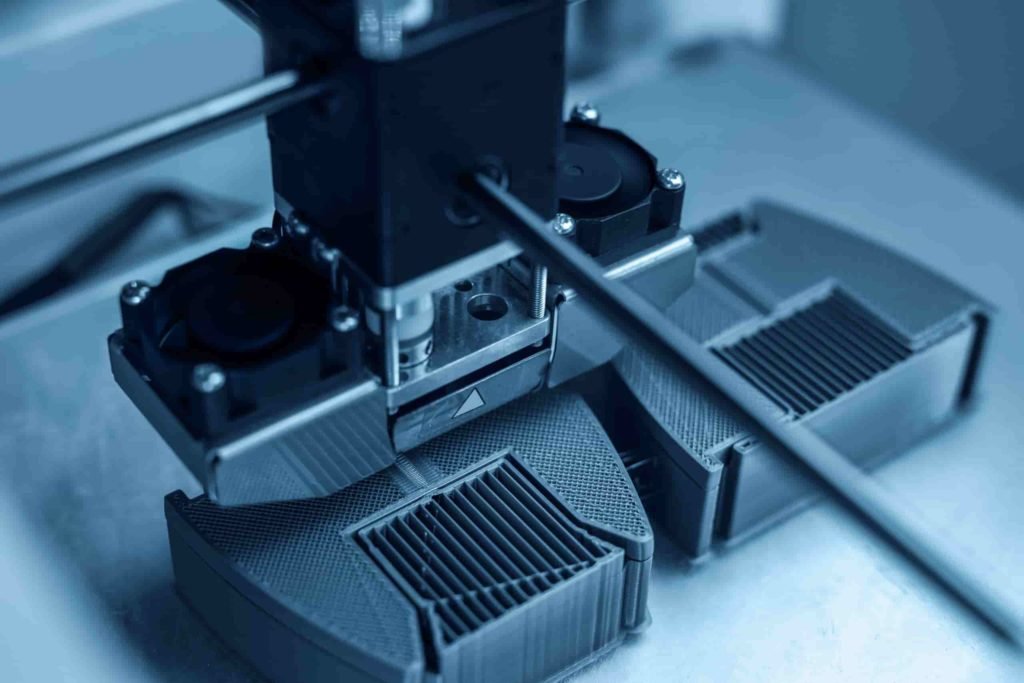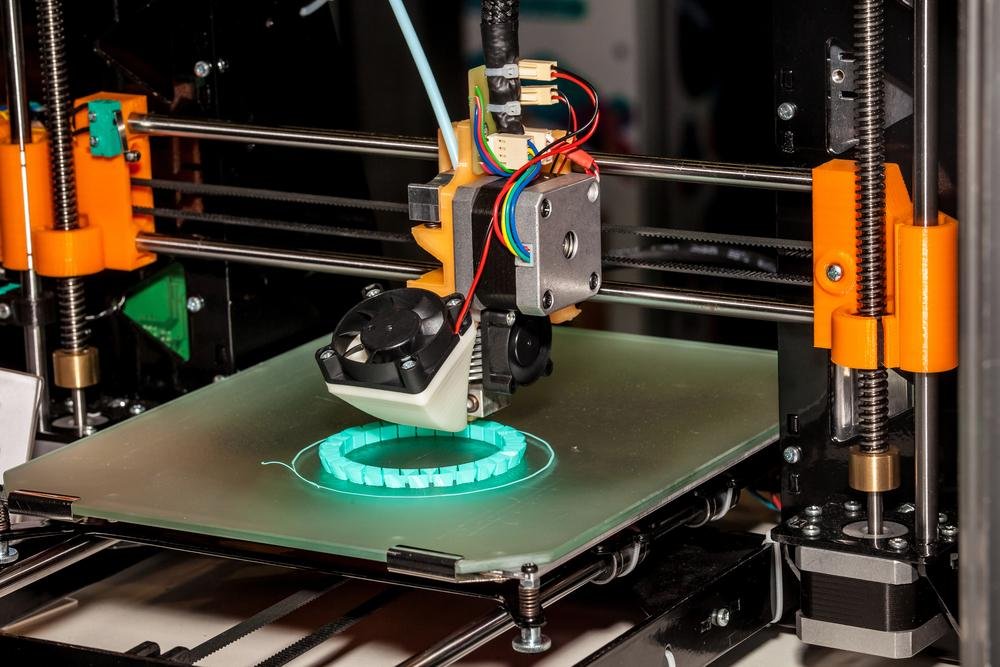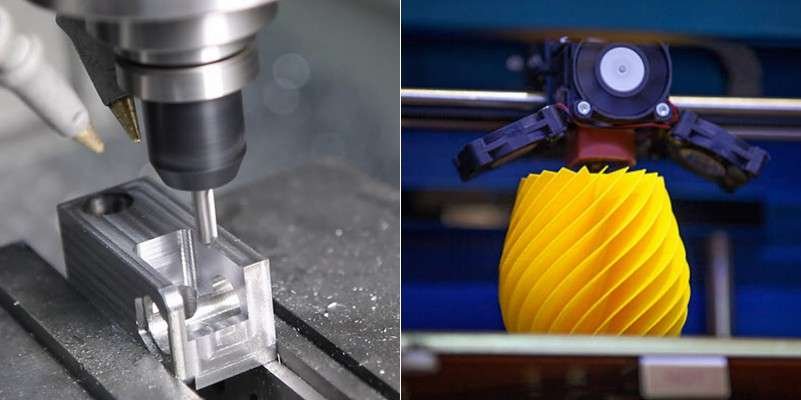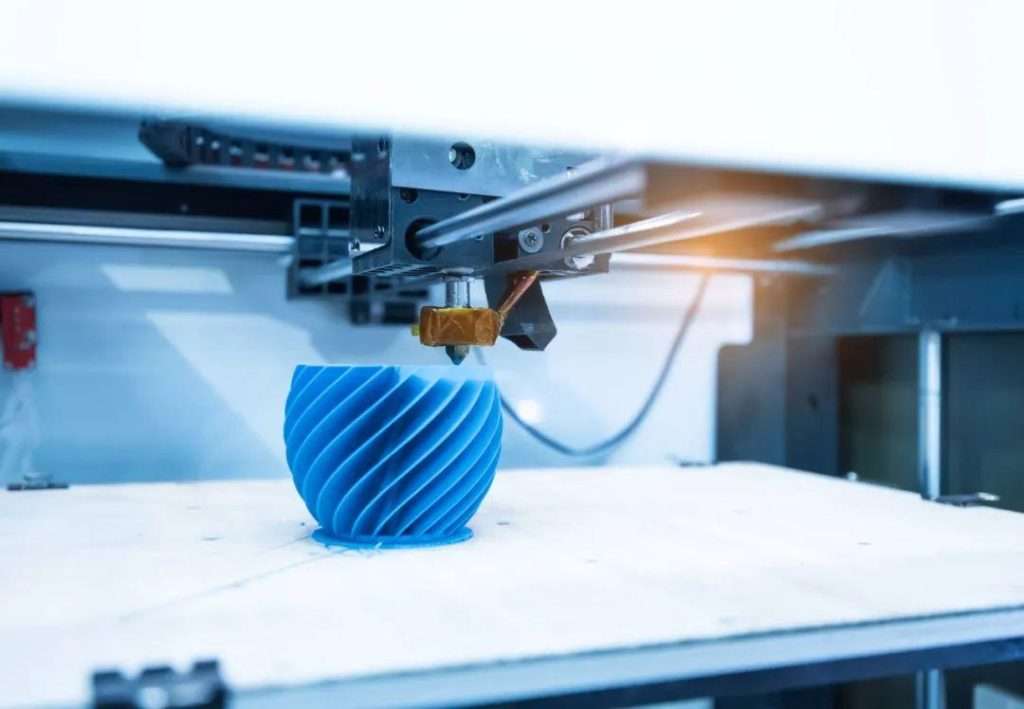Introduction
Rapid Prototyping (RP), also referred to as 3D rapid prototyping or 3D printing, has grown increasingly prevalent within manufacturing circles over recent years.
Comparable with traditional manufacturing technologies, RP technology stands out by offering advanced features like digital manufacturing, high flexibility and adaptability, direct CAD model-driven rapid production as well as rich material types. First introduced into manufacturing since its development in late 80s. it has since become an indispensable element of modern advanced manufacturing techniques.
Rapid prototyping has expanded rapidly in the global field with its unpredictable speed, constantly impacting the perception of traditional industrial fields and supporting and changing the processing technology.

The significance of this article is to help readers understand the classification, characteristics, and advantages of this new field compared to traditional processing fields.
Our traditional understanding of ‘printing’ refers to printing words on a flat piece of paper by using a print nozzle to spray them line by line. ‘3D printing’ can be understood as continuously stacking such ‘paper’ in the vertical direction of this plane, so that we obtain a plane with height. We then remove the medium ‘paper’ by using a method, and obtain the three-dimensional object we need.
Such a printing process mainly includes the following steps. First, we need to have 3D data of the object to be molded, which needs to be drawn by 3D engineering software; then export it as an interface data type that can be recognized by 3D printing machines. Then slice the data, which can be understood as the ‘paper’ mentioned above; when the slicing is completed, transfer the sliced data to the 3D printing machine, and the machine prints layer by layer; finally, post-process the printed model, such as removing supporting objects, grinding and polishing, to obtain the final design object we need.
Since the development of RP technology, many different molding processes have been created. However, due to the lack of a standard in the industry, there are many different names, especially for companies that have just joined the field and are used to defining molding processes based on their own machine models. Here we skip over these custom process names and only introduce some of the mainstream processes that are currently recognized in the industry.

Stereolithography Appearance, commonly referred to as SLA, is one of the oldest, most developed, and widely-used rapid prototyping techniques available today. An ultraviolet laser beam illuminates a resin tank filled with liquid photosensitive resin. Under its influence, the photosensitive resin quickly solidifies, which means molding begins when its elevated table has reached a height below that of its liquid surface layer thickness. Under computer control, a focused laser beam is scanned along a liquid surface in accordance with cross-sectional profile requirements, curing resin in its path as needed and creating plastic sheets featuring that cross-section. Once this layer has set, the table lowers one layer height before covering the solidified plastic sheet with another layer of liquid resin for laser scanning curing and curing it once more until all product molds have been completed. Finally, as soon as all molding processes have completed, the elevating table rises out of its liquid resin surface, so workpiece can be removed for cleaning and surface finish treatment as required.
The model material is resin, so the final sample can be regarded as a plastic product. It is mainly used for prototyping of conceptual models, or for assembly inspection and process planning. It can also be used to make casting molds instead of wax molds, as well as as a master mold for metal spraying molds, epoxy resin molds, and other soft molds. It is currently a relatively mature rapid prototyping process.
The advantages of SLA are:
1. The system works stably. Once the system starts working, the entire process of building parts runs completely automatically, without needing special supervision, until the end of the entire process.
2. The dimensional accuracy is high, ensuring that the dimensional accuracy of the workpiece is within 0.1mm.
3. The surface quality is good, with the top surface of the workpiece being very smooth, while the side surfaces may have steps and uneven surfaces between different levels.
4. The system has high resolution, so it can build workpieces with complex structures.
The disadvantages of SLA are also quite obvious:
1.Over time, resin absorbs moisture from the air, leading to soft and thin parts to bend or curl over time.
2. Lifespan of laser tube: approximately 3,000 hours at relatively expensive costs. At the same time, all sections must be scanned and cured simultaneously, leading to long molding times that increase production costs significantly.
3. Materials available must contain photosensitive resins. Workpieces fabricated using such resins cannot pass durability and thermal performance tests in most instances; additionally, photosensitive resins may cause environmental harm and skin allergies.
4. It is necessary to design a support structure around each workpiece produced during molding processes so each structural part produced during this step can be securely located.

Introduction to Selective Laser Sintering
Selective Laser Sintering, more commonly referred to by its acronym SLS, emerged later than SLA but has rapidly gained prominence within industry as the fastest growing and most used process. Utilizing a powder-laying roller, pre-layers of powder are spread onto a forming platform before being heated to temperatures just under the powder’s sintering point for subsequent curing and molding processes. As soon as a layer reaches completion, the control system takes over with laser beam scanning of powder layer according to cross-sectional profile for sintering and bonding with already formed parts underneath. When one layer has been completed, workbench descends one thickness while powder-laying roller lays uniform, dense layer of powder for sintering of new cross-sectional layer until entire model completed.
SLS technology works like SLA in that laser beams scan layers of material using laser beams; however, instead of using an industrial grade laser like those seen with SLA or SLA however it uses CO2 lasers and powder material for production. Production begins when powder is preheated slightly below melting point before being exposed to laser heating in order to increase it to sintering temperatures so as to cause solidification and bonding with previous layers. Materials processed successfully using SLS include paraffin wax, polymers metals ceramic powders as well as their composite powder materials amongst many others. Among others.
Advantages of SLS:
1. The richness of materials used. In theory, all powder materials that can be heated and laser-melted can be used as molding materials, such as nylon powder.
2. Simple manufacturing process. Due to the wide range of available materials, this process can directly produce complex shapes of prototypes, cavity molds, three-dimensional construction or components and tools according to different materials.
3. High precision. This process generally achieves a tolerance of (0.05-2.5)mm within the overall range of the workpiece.
4. No need for support structures. The suspended layers that appear during the stacking process can be directly supported by unsintered powder.
5. High material utilization rate. This process does not require support and does not require the production of a substrate support
Disadvantages of SLS:
1. Directly formed models have an unattractive powdery surface due to their material and manufacturing processes, necessitating additional polishing steps later to bring closer the smooth finish of real products. 2. There may also be an unpleasant aroma during sintering processes. SLS involves heating the powder layer with laser light until its melting state has been achieved, then polymeric materials or powder particles volatilizing gas during laser sintering will emit unpleasant odor.
2. Sometimes additional processes must be undertaken as part of this procedure.
3. Sometimes additional processing steps will need to be undertaken as well.
4. Polyamide powder sintering requires several precautionary steps in order to avoid material ignition and combustion due to laser scanning sintering temperatures exceeding 500F, such as adding flame retardant gas such as nitrogen into the working space before and during laser scanning sintering; preheating should take place prior to laser sintering while post sintering removal must take place inside an enclosed environment in order to minimize dust pollution.
Overview of Fused Deposition Modeling
Fused Deposition Modeling, commonly known by its initials FDM, is an industrial 3D printing method which utilizes thermoplastic filament materials (such as wax, ABS, PC and nylon ) in order to form objects by melting and extrusion through nozzles. Each layer builds upon the previous one, providing support and positioning to the current layer. As height increases, so too do the area and shape of a layer’s profile; once this shape shifts significantly, previous profiles cannot provide adequate positioning and support for current layers. To facilitate this forming process, auxiliary structures known as supports must be designed in advance in order to position and support subsequent layers during their formation process. Unlike laser technology, this approach does not involve costly laser equipment – instead providing simple operation with reduced costs associated with maintenance. Prototype parts made with wax can be easily lost wax cast. Prototypes fabricated out of ABS prototype material have long been utilized in product design, testing and evaluation due to their strength. More recently however, higher strength forming materials like PC/ABS/PPSF have emerged, making direct manufacturing of functional parts possible via this method.
FDM has several advantages:
1. It does not use lasers, making maintenance simple and cost-effective. Price is an important factor in determining whether a molding process is suitable for 3D printing.
2. The plastic filament is clean and easy to replace. Compared with other processes that use powder and liquid materials, the filament is cleaner, easier to replace and store, and does not form powder or liquid contamination in or near the equipment.
3. Post-processing is simple: it only takes a few minutes to a quarter of an hour to strip the support after the prototype is ready for use.
4. Because there are no steps such as pre-laying powder, and the slicing is relatively thick, the forming speed is fast.
The disadvantages of FDM are also related to the advantages:
1. Low accuracy, due to the limitation of the size of the nozzle, making it difficult to construct high-precision models.
2. Low strength in the perpendicular direction to the cross section.

Conlusion
The three molding technologies mentioned above basically summarize the mainstream directions in the field of RP. A series of new technologies and processes developed on this basis are basically based on this development and change, such as Objet’s Eden machine and Z-coper’s Zprinter machine.
The advantages of RP technology have been increasingly recognized by some industrially developed countries and enterprises after decades of development. The significant shortening of the development cycle and the significant improvement in reliability verification have made it the fastest growing industrial field in the 21st century.
In China, rapid prototyping technology is vigorously promoted at the national level on the one hand, and has attracted the attention of many enterprises on the other hand. However, from the perspective of application, it is far from reaching the breadth and depth of developed industrial countries, and it mostly remains in the exploratory stage. Currently, market competition is intensifying and product replacement is accelerating. The emergence of RP technology just caters to this market trend, providing new solutions for product design verification, functional verification, appearance verification, and engineering analysis on the premise of ensuring reliability, and greatly shortening the research and development cycle of new products. From a long-term perspective, RP technology will surely drive and even change the direction of industrial development, triggering a new industrial revolution.



